Love triangle: André Fu and Lasvit team up on perfectly pitched new lighting set
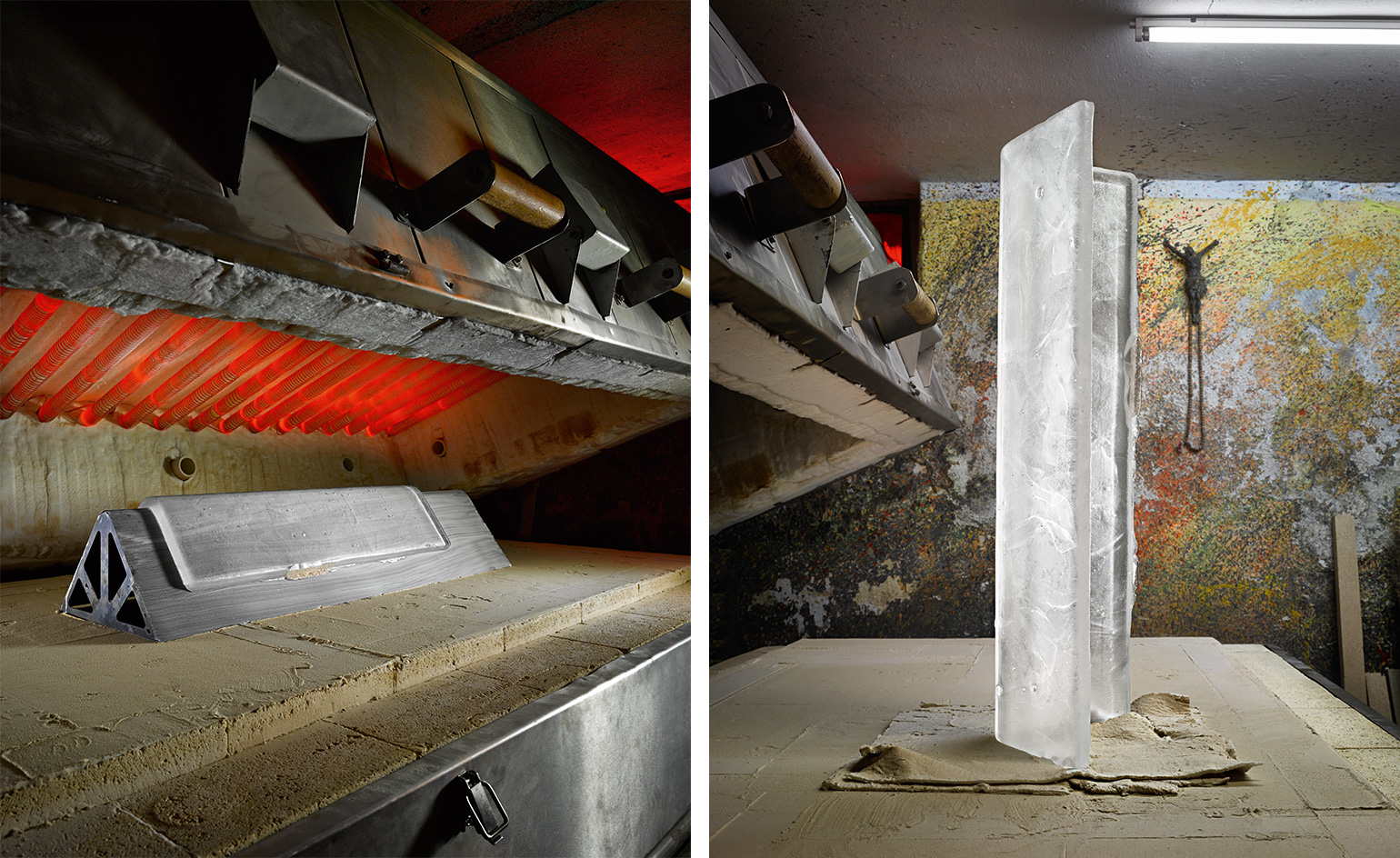
André Fu’s new 'Tac/Tile' collection of bespoke handblown lights, which will be unveiled at Milan’s Salone del Mobile in April, marks a return to the Hong Kong-based designer’s architectural roots. The series of lamps, created in collaboration with the Czech Republic-based glass manufacturer Lasvit, is a hybrid of architecture and lighting, the product of what Fu calls ‘an exploration of the materiality of glass’.
‘I’m not interested in producing something that is purely decorative,’ Fu says. ‘My aim is to create a new way of thinking about glass that is more than just about illuminating a room.’ The idea first emerged when he found himself designing statement pendant lighting for ballrooms in a series of hospitality projects across Asia.
‘It made me think about the qualities of glass as a surface on buildings and how the cast-glass brick’s strong tactility allows it to be utilised as an architectural form,’ he adds. ‘That was when I began to consider how I could explore new ways of designing with glass that I haven’t done before.’
Fu says his new collection – centred around a 23mm-thick seamless fold of handblown glass, paired with a minimalist matt-bronze frame – takes inspiration from the curved roof tiles of traditional Chinese vernacular architecture and the sleek, unadorned curves of iconic 20th-century modernist buildings. ‘This is not about East meets West or yin and yang,’ he says. ‘We have all moved well beyond those design categorisations. It is more about a natural infusion of design elements from an oriental heritage with the intrinsic shape and pure decoration of structures such as the Flatiron Building in New York or the Maison de Verre in Paris.’
Fu decided the best starting point would be to reinterpret the industrial glass brick through the traditional handblown glass process to create the right sort of spare linear volume with a hint of natural texture.
However, this called for considerable skill. And this is where Lasvit’s expertise in the craft of handblowing glass, along with a reputation for creating lighting installations with designers such as Arik Levy, Nendo and the Campana brothers, came into play.
If exploration was what Fu was looking for, that is what he got. The design process took almost a year and started with meeting the artisan team on site at one of the oldest glass-blowing factories in Bohemia, where Lasvit has its headquarters.
‘We look for something creative and free-spirited, yet precisely crafted in all our collections,’ says Lasvit founder Leon Jakimič, ‘and while they must be handmade out of glass, our designers have lots of creative freedom.’ On one visit that Wallpaper* made to the glassworks, we observed craftsmen blowing an enormous mass of glowing molten glass, which was then plunged into a woven basket to create a strikingly contemporary pattern. This meant that the designer could very quickly identify which aspects of glass had the potential to be pushed further within his own design.
‘The biggest challenge was to not lose sight of my original concept while being presented with so many different ways of doing things,’ says Fu. ‘Collaboration takes many forms, but most importantly, I wanted the team to understand that it wasn’t just about finding a texture for the glass to make it interesting, but about creating a natural quality of something that makes it not feel too perfect.’ The process eventually agreed on mixes contemporary blending technologies with traditional handicraft and advanced fusing techniques to create a series of lamps in suspended pendant, wall, floor, and table versions.
‘I am more typically associated with exploring softer, luxurious materials, but here I wanted to create something that responds to the modernist world I have in my mind,’ Fu says. ‘It is instinctively organic but deep down crafted in contrast to the raw beauty and purity of the bronze frame, which is almost brutalist in spirit, yet highly articulated. It is the juxtaposition between these two worlds that is interesting.’
The deliberately understated architectural form of the 'Tac/Tile' collection is also something of a departure from Lasvit’s trademark sculptural installations. ‘Lasvit lamps on show at Salone are almost like a couture garment,’ says Fu. ‘Elements of the design are extracted for the domestic market – like creating a ready-to-wear collection.’
‘From the start, we considered how the different forms would work, whether you are looking up at a pendant or at a desk lamp. Balancing functionality with each different volumetric quality is important.’ Once the elemental form was agreed upon, Fu admits he became obsessed with ensuring the details would highlight the tension between the artisan quality and architectural rigour. A rough edge to hint at the raw power that formed the distinctive curved shape? The satisfying feeling of being in control of the ‘click’ as the light switch is turned? The tactile beauty of the bronze frame? These were the design decisions that mattered within the broader architectural narrative.
‘I kept coming back to the geometric simplicity of modernism devoid of frills. It is not about the glamour and intricacy of what glass can produce, but more about how it makes us feel. Getting the brushed champagne gold and anodised bronze exactly right was as important as the glass tile.’
If 'Tac/Tile' represents a shift in the evolution of Fu’s studio, we’d better get used to it. In the past year, Fu has shown a new appetite for this kind of design investigation, projects that informs his interior work alongside his recently launched André Fu Living (AFL) lifestyle brand.
‘If I am to do something, there has to be a reason for it,’ he explains. ‘It has to be a new way to push a texture or a form in creating tangible experiences, otherwise why do it? With "Tac/Tile" it was never about going back to traditional methods, but about creating a new way of thinking about glass. Challenging the process is what makes it interesting for me.’
As originally featured in the May 2016 issue of Wallpaper* (W*206)
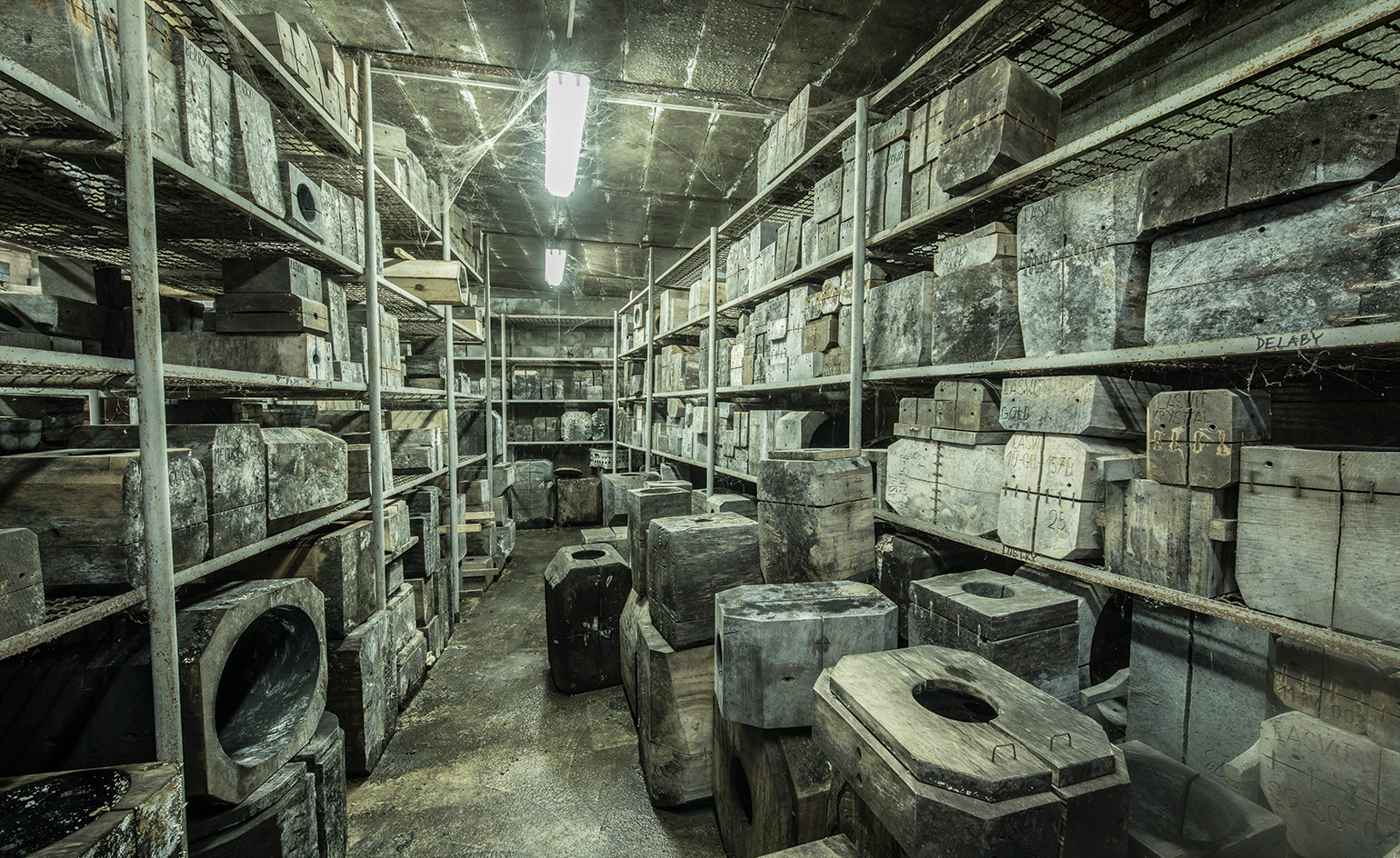
Lasvit’s mould archive at the company’s factory in Novy Bor, a town in the Czech Republic’s Liberec Region known for its long glassmaking tradition
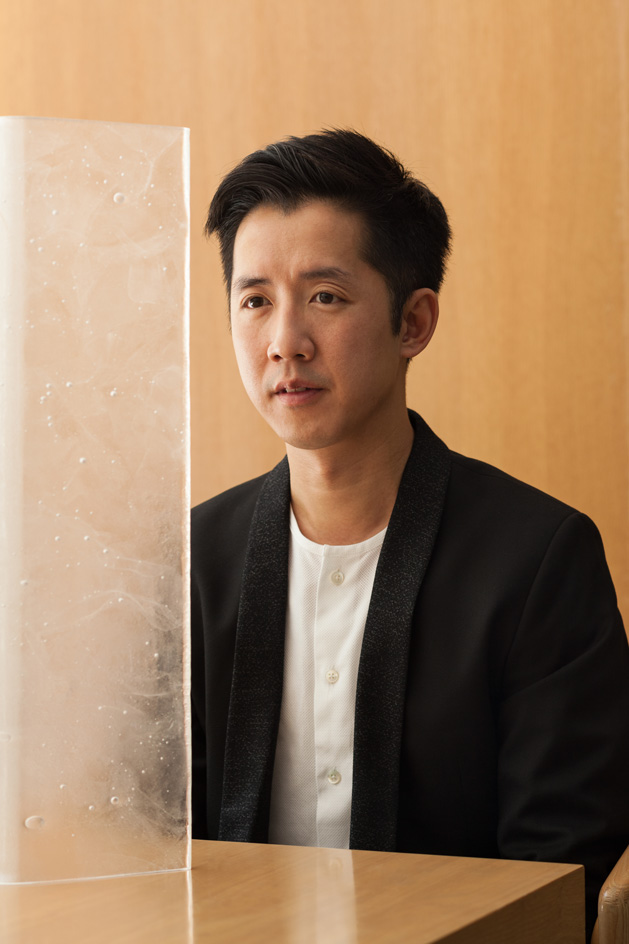
Fu with a finished glass element of his 'Tac/Tile' lights. The architect made a conscious effort to keep the glass component devoid of any visible fixings so that the ‘tile’ would be expressed in its most natural way
INFORMATION
Both André Fu and Lasvit will also be showing specially commissioned projects as part of Wallpaper* Handmade. For more information, visit Lasvit’s website
ADDRESS
'Lasvit's Via Lucis’
Palazzo Serbelloni
Corso Venezia 16
Milan
Receive our daily digest of inspiration, escapism and design stories from around the world direct to your inbox.
Catherine Shaw is a writer, editor and consultant specialising in architecture and design. She has written and contributed to over ten books, including award-winning monographs on art collector and designer Alan Chan, and on architect William Lim's Asian design philosophy. She has also authored books on architect André Fu, on Turkish interior designer Zeynep Fadıllıoğlu, and on Beijing-based OPEN Architecture's most significant cultural projects across China.
-
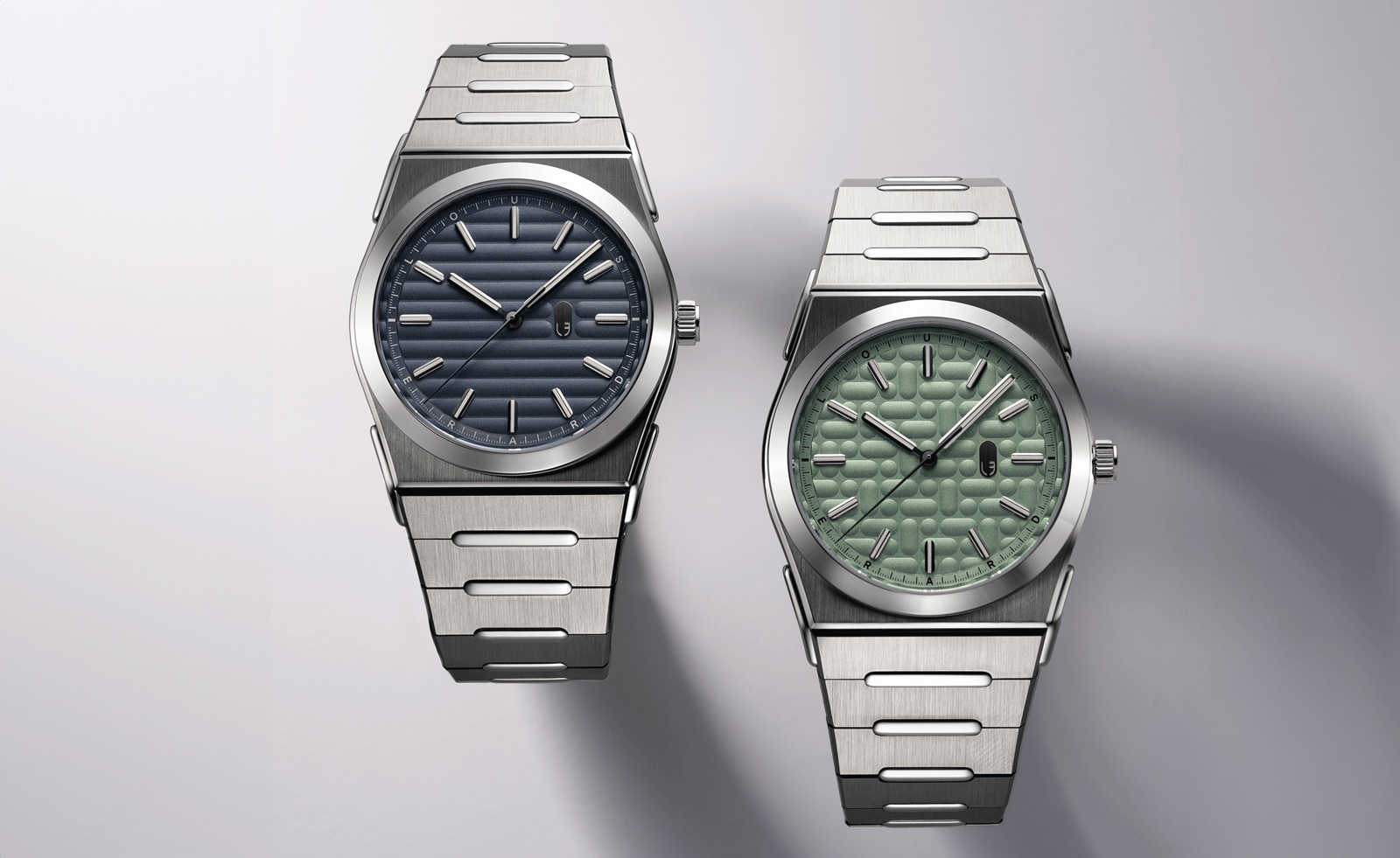 Five watch trends to look out for in 2026
Five watch trends to look out for in 2026From dial art to future-proofed 3D-printing, here are the watch trends we predict will be riding high in 2026
-
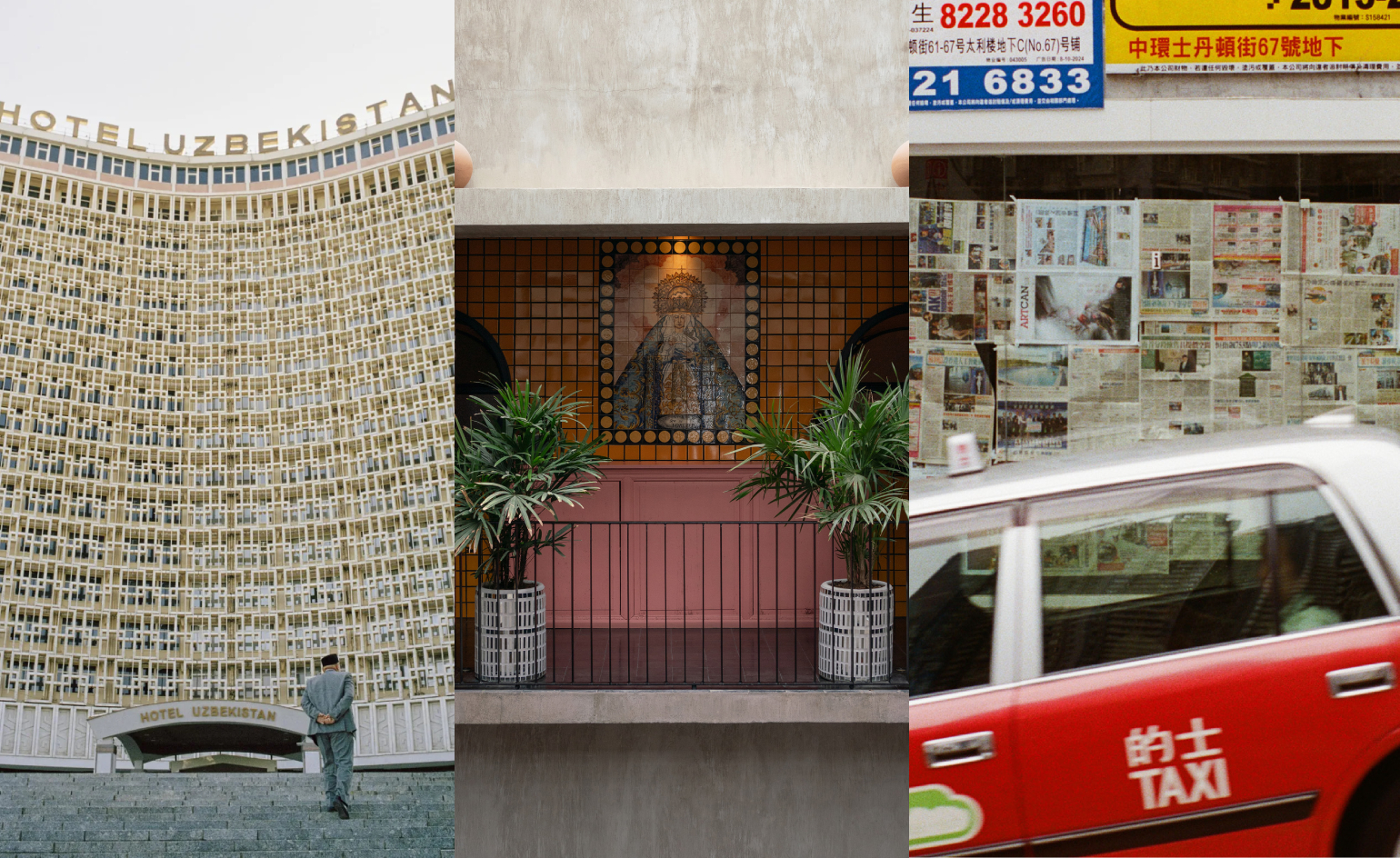 Five destinations to have on your radar this year
Five destinations to have on your radar this yearThe cultural heavyweights worth building an itinerary around as culture and creativity come together in powerful new ways
-
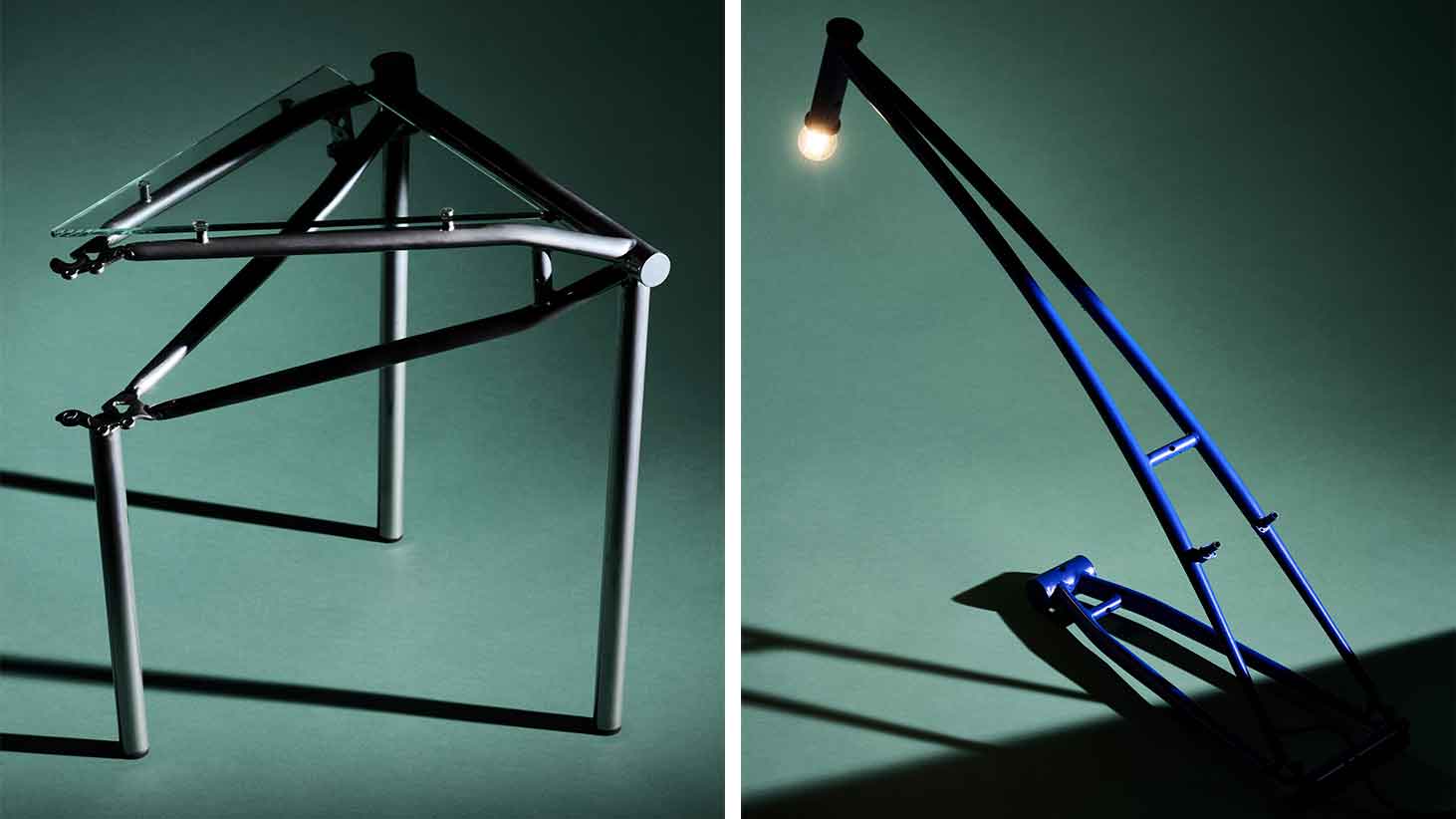 Dublin-based designer Cara Campos turns abandoned bicycles into sleekly minimal furniture pieces
Dublin-based designer Cara Campos turns abandoned bicycles into sleekly minimal furniture piecesWallpaper* Future Icons: Saudi-raised Irish/French designer Cara Campos' creative approach is rooted in reuse, construction and the lives of objects
-
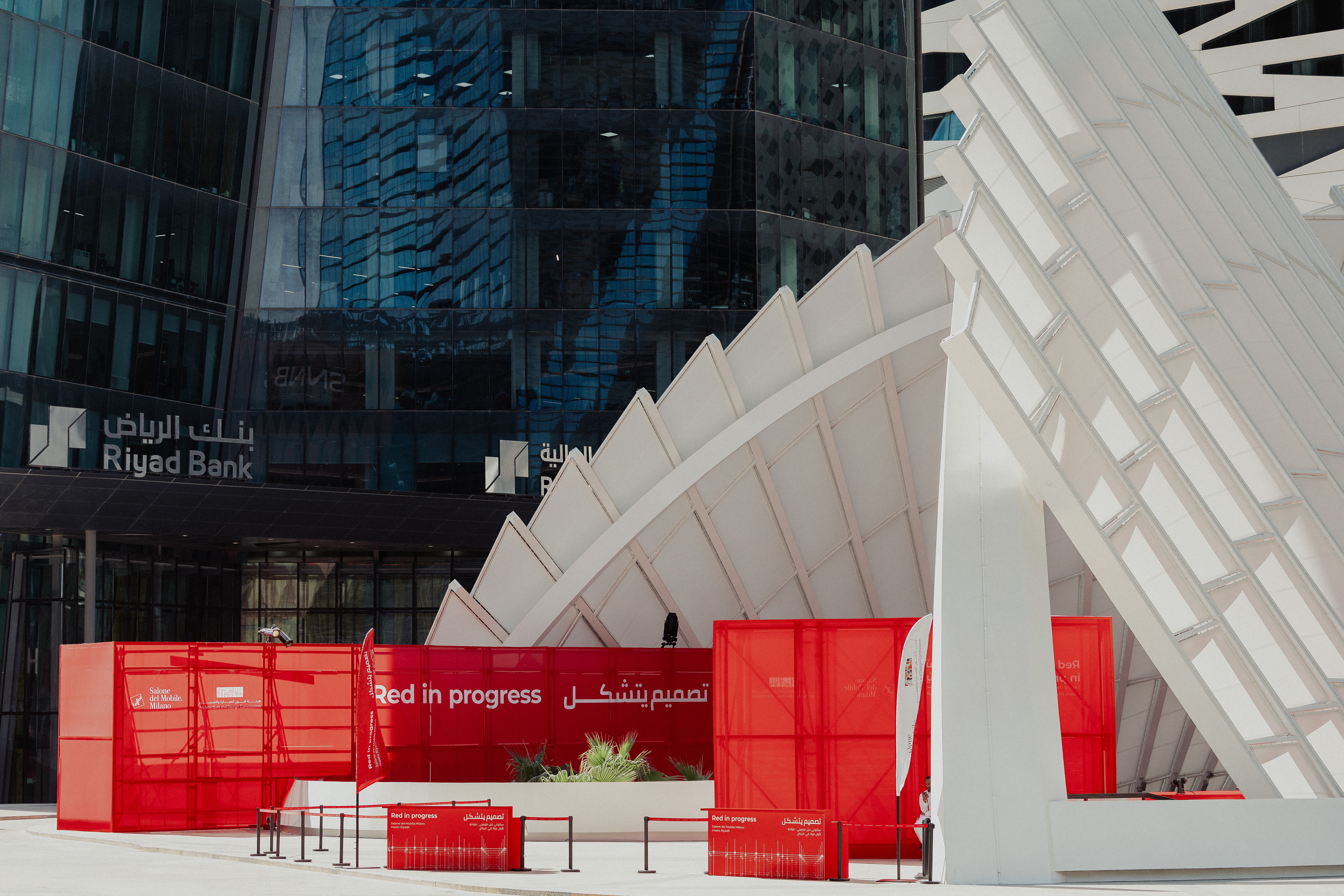 ‘Locally anchored and globally conversant’: Salone del Mobile debuts in Saudi Arabia
‘Locally anchored and globally conversant’: Salone del Mobile debuts in Saudi ArabiaSalone del Mobile lands in Riyadh (26-28 November 2025), bringing its creative and manufacturing know-how to one of the world’s fastest-growing markets and setting the stage for Italo-Saudi design relations
-
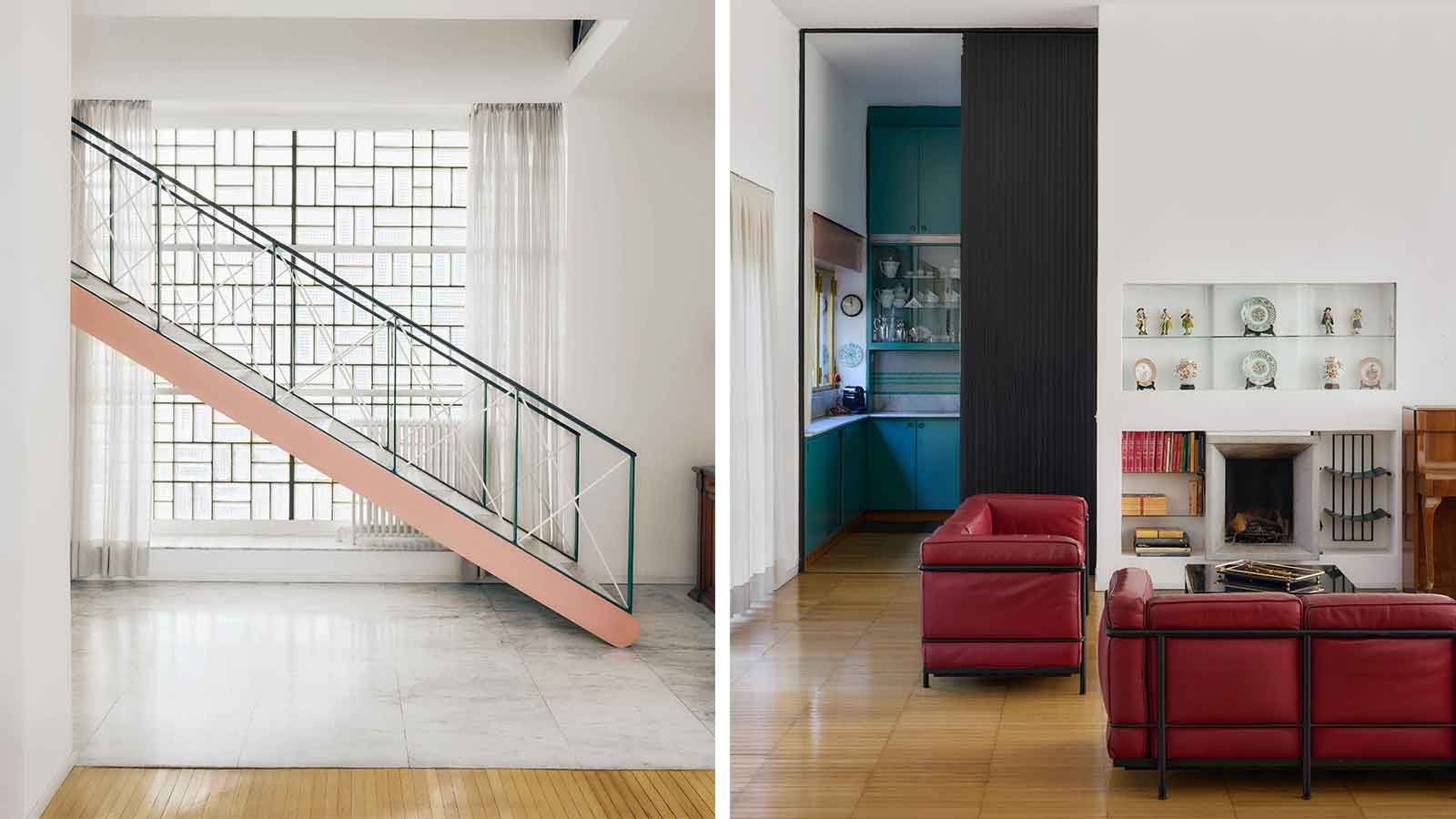 Alcova 2026 locations include a Rationalist gem and an abandoned church
Alcova 2026 locations include a Rationalist gem and an abandoned churchAlcova returns for an 11th edition in 2026 (20-26 April), once again opening up two exclusive Milanese locations, the Baggio Military Hospital and Franco Albini's Villa Pestarini
-
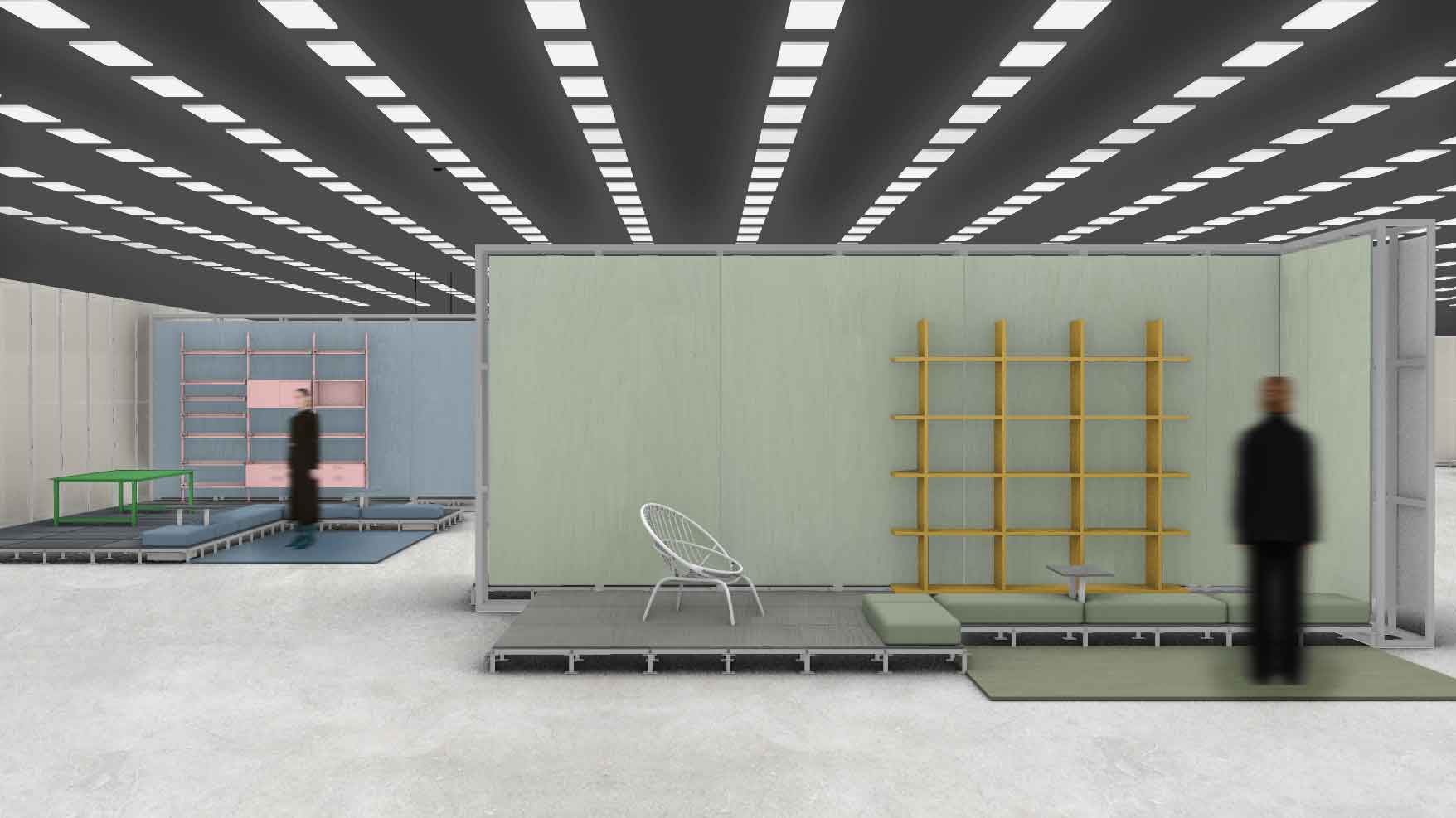 Salone del Mobile 2026 will embrace collectible design with Salone Raritas
Salone del Mobile 2026 will embrace collectible design with Salone RaritasSalone del Mobile has Salone Raritas, a new exhibition space at the fair (21-26 April 2026), curated by Annalisa Rosso and designed by Formafantasma
-
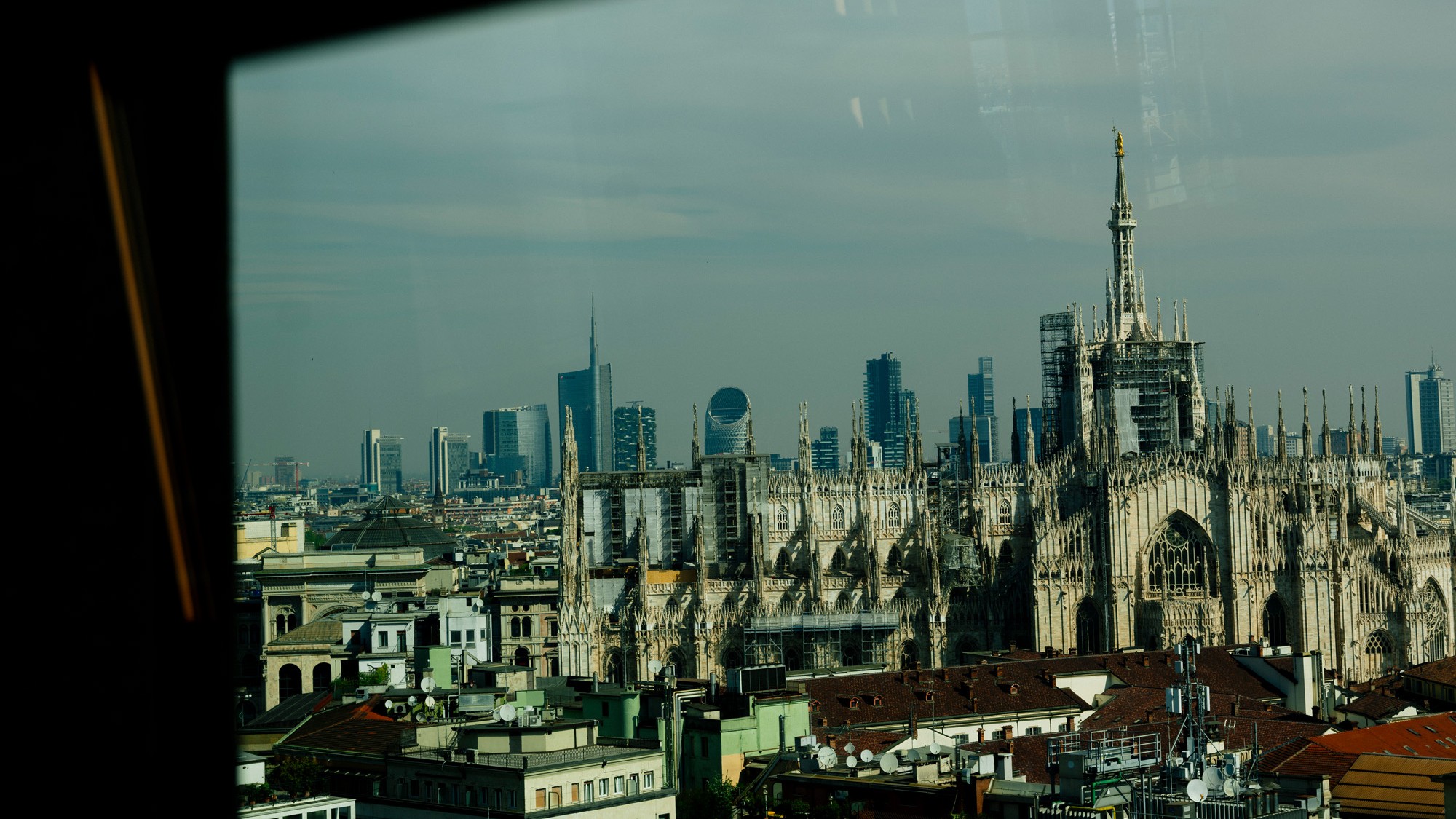 O Milano! Design's epic annual spectacle in photos
O Milano! Design's epic annual spectacle in photosCall us biased, but we believe that Milan Design Week is, at this moment in time, the greatest show on earth
-
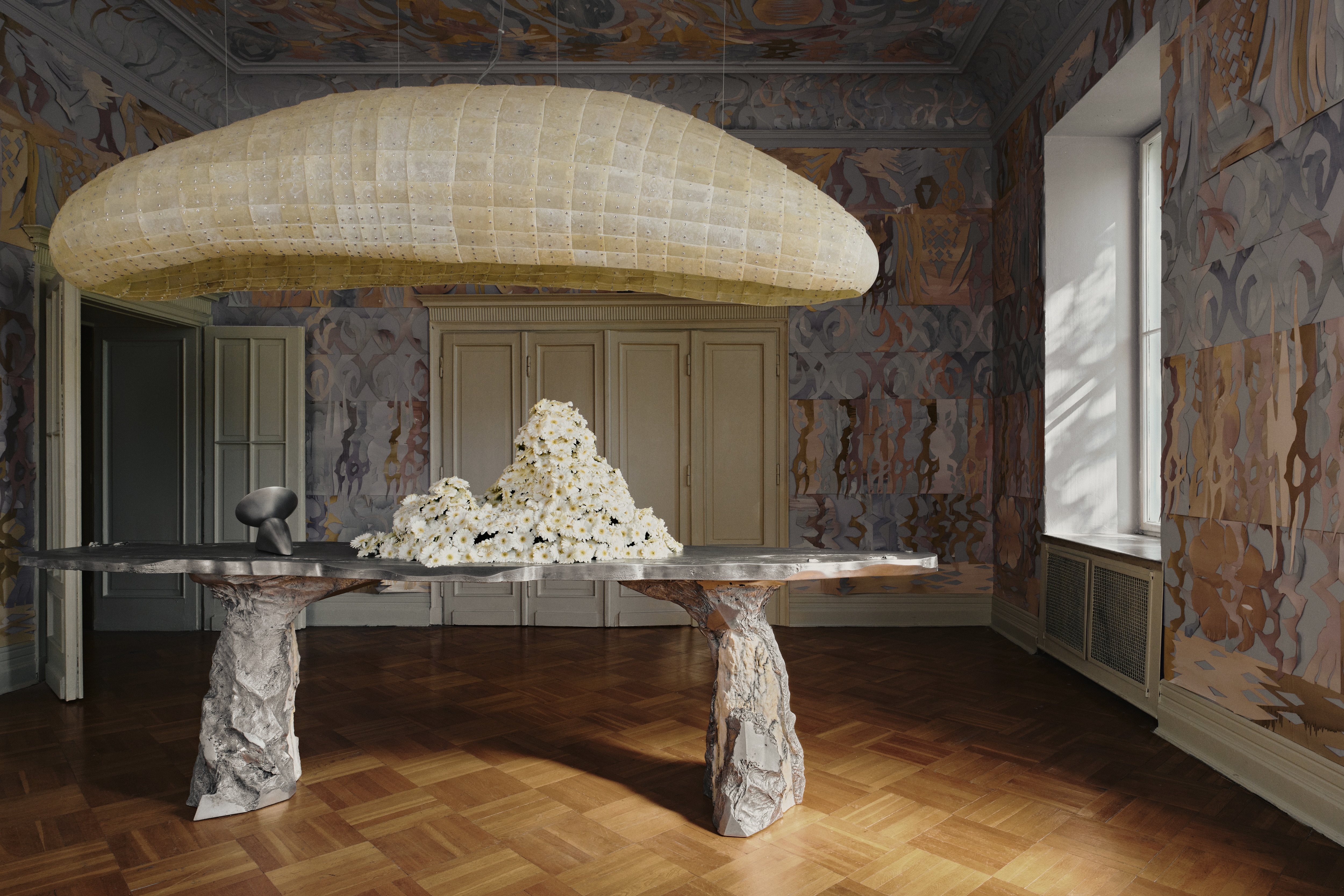 ‘Romantic brutalism’ rethinks Polish craft
‘Romantic brutalism’ rethinks Polish craftAn exhibition in Warsaw gives local makers their due, looking inside the burgeoning world of Polish design
-
 Eight designers to know from Rossana Orlandi Gallery’s Milan Design Week 2025 exhibition
Eight designers to know from Rossana Orlandi Gallery’s Milan Design Week 2025 exhibitionWallpaper’s highlights from the mega-exhibition at Rossana Orlandi Gallery include some of the most compelling names in design today
-
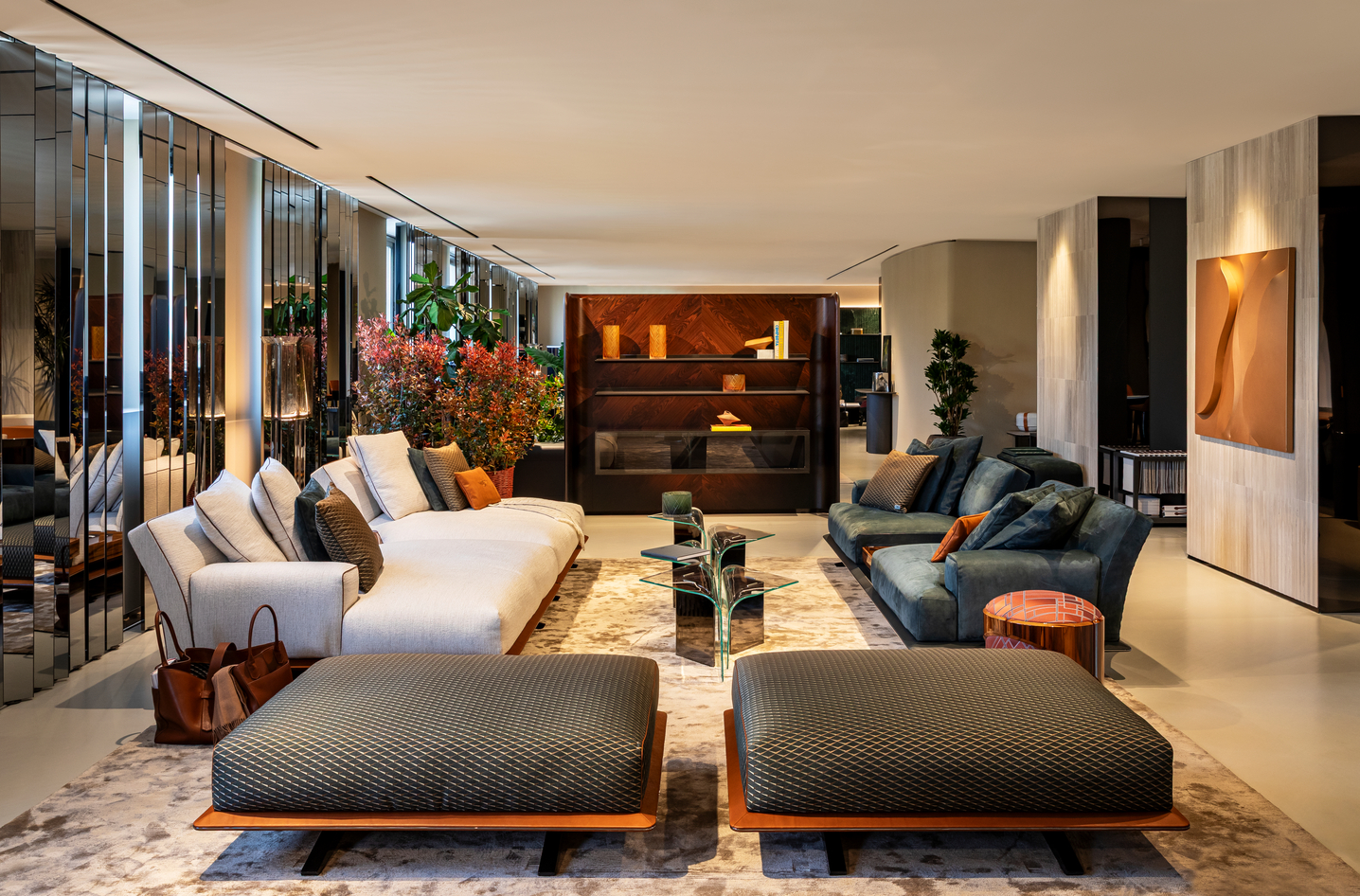 Bentley’s new home collections bring the ‘potency’ of its cars to Milan Design Week
Bentley’s new home collections bring the ‘potency’ of its cars to Milan Design WeekNew furniture, accessories and picnic pieces from Bentley Home take cues from the bold lines and smooth curves of Bentley Motors
-
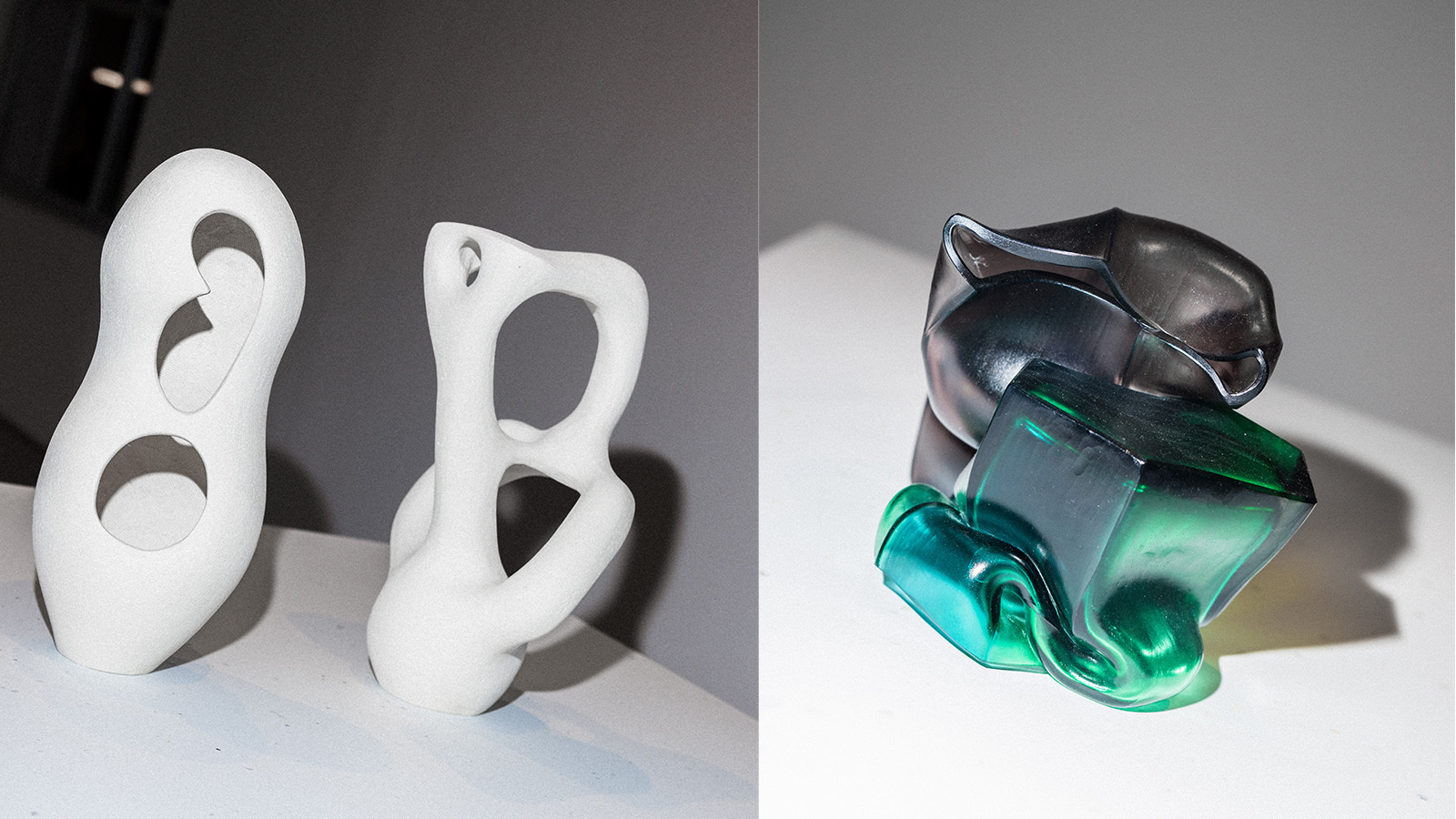 StoneX partners with Wallpaper* for material alchemy at Milan Design Week and beyond
StoneX partners with Wallpaper* for material alchemy at Milan Design Week and beyondThe natural stone purveyor teams up with Wallpaper* for a three-year partnership of material adventures, starting with an exhibition at Triennale di Milano